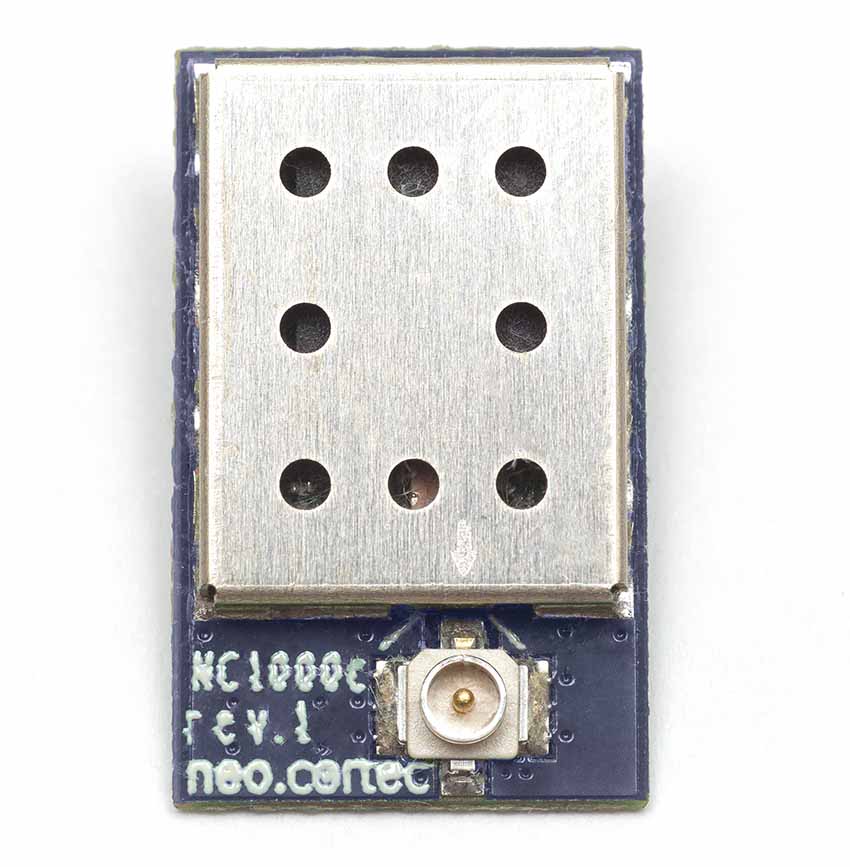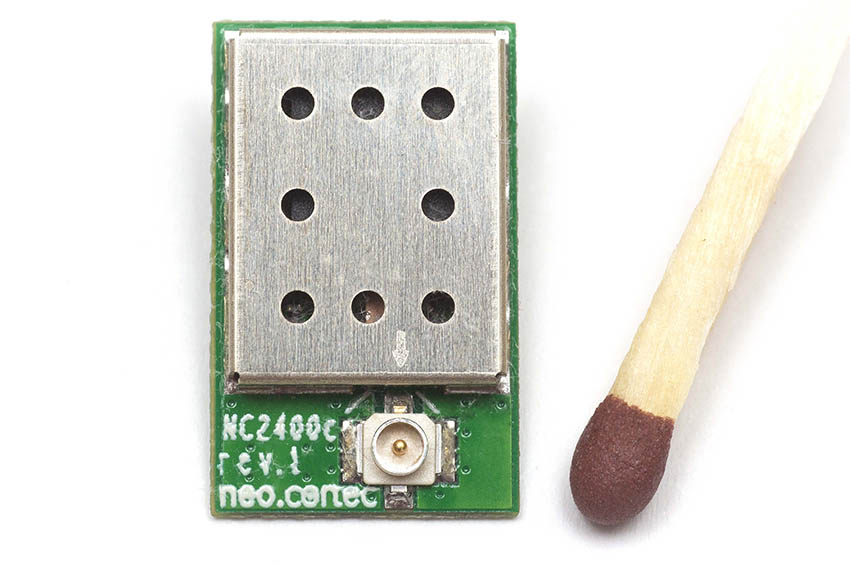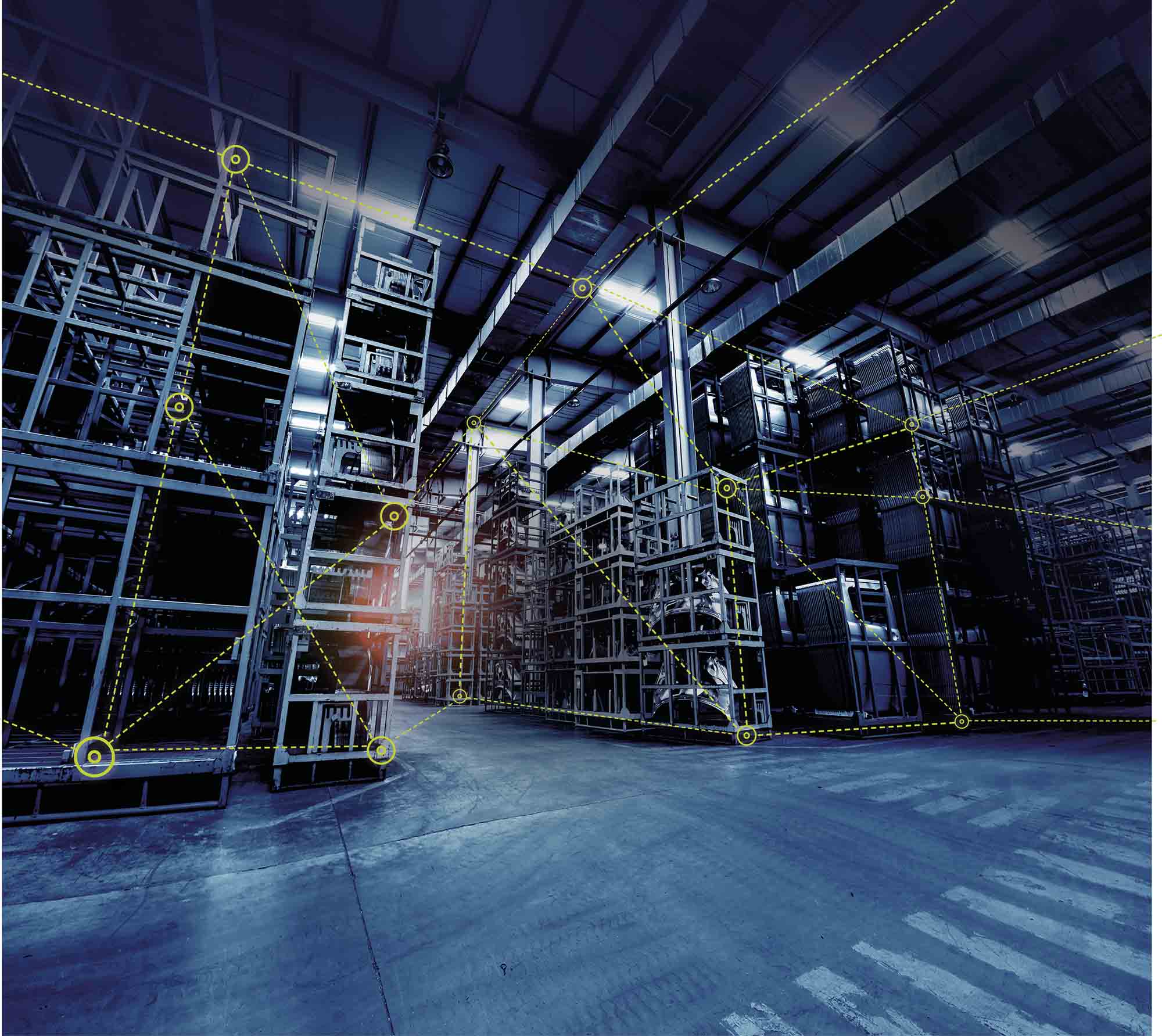NeoCortec is a manufacturer of the NeoMesh wireless sensor network protocol stack, as well as ultra-low-power bi-directional wireless communication modules.
The NeoMesh protocol stack is a 2nd generation wireless communication protocol stack enabling nodes (sensors, motors, actuators etc.) to communicate with each other wirelessly and without setting up a separate, external wireless network, and without any mains powered devices in the system. All nodes in the network can be battery operated, with many years of batter lifetime on two ordinary AA batteries. By integrating the communication modules into the customers products can these easily communicate with each other and become cloud or edge connected.
NeoMesh is optimized for reliability, scalability and low power operation. The reliability comes from dynamic routing where each node continuously calculates what the best next-hop in the mesh is. Any dead, missing or moved node is therefor immediately compensated for by creating a new route. This increases reliability as the message easily can find new routes in case of obstructions. There can be 65,000 nodes in the network with an unlimited number of hops between them. Low power operation applies to absolutely al devices in the network, and is possible as the network is highly time-synchronized allowing the nodes to go to sleep when they are not transmitting data.
The network modules operate on 868 MHz, 915 MHz or 2.4 GHz in the license free ISM bands.
Interview with Cato Skibsted Fagermo, Business Development Manager at NeoMesh.
Easy Engineering: What are the main areas of activity of the company?
Cato Skibsted Fagermo: The main product of NeoCortec is the NeoMesh protocol. This protocol is substantially different from other protocols such as Zigbee, Thread, Bluetooth Mesh, Zwave and many others. It is designed for really low power consumption, enabling the entire sensor network to be battery powered. It also enables a very flexible network, where nodes can be added or removed without affecting the reliability of transporting packages. Although the network protocol is available embedded into communication modules that NeoCortec manufacturers and sell, is NeoMesh also available on a license base on an integrated circuit chosen by the customer.

E.E: What’s the news about new products?
C.S.F: New of 2022 is that we have launched the P-version of the modules. These modules are with an antenna pad under the module. This is an alternative to the C version which come with a u.FL antenna connector. Furthermore, we have updated the protocol to version 1.5 which introduces aggregation of packages, among other. Now any node can receive packages from up to 6 neighbors, and forward up to 5 of them within one scheduled data period.
Another new product we have, but which we are a little bit careful on selling, is our long range module with sending power of 26 dBm. This mean that their range is extended to many kilometers between each node. Reason we are a little bit cautious is that these modules do not comply to the ETSI/FCC regulations for the ISM bands, so they will require a specific license to be used.
I should also mention that we have our NeoGateWay software which runs on Linux. Getting data from sensors all the way to the cloud is not trivial and covers several disciplines. We are currently working together with gateway suppliers with cloud solution, so that we can offer NeoGateWay built towards those specific gateways.
E.E: What are the ranges of products?
C.S.F: NeoMesh is a short range protocol, with only a few hundred meters line-of-sight range at sub-GHz. At 2.4 GHz this range is even shorter. The reason for the short range is that sending power is restricted by the ETSI/FCC regulations regulating the short range devices / ISM bands. But to overcome have all nodes in NeoMesh been created equal. This means that every node, also those which would be leaf/end nodes in another network, will contribute in forwarding packages. As such, any node will help improving and extending the network. The same network can therefore cover a huge area over several tens of square kilometers, by making sure that all nodes have at least two neighbors which it can see.

E.E: At what stage is the market where you are currently active?
C.S.F: We see that smart buildings is particularly active these days, especially those buildings which require a much larger (spatially or number of devices) than what can be solved by more established protocols. With an increased momentum in Europe in conserving energy then these large industrial / commercial buildings represent a huge potential. And not to mention the improvement in environmental footprint….
Also, it is not a secret that we are very active with Honeywell’s next generation fire detectors, which we have a great expectation on once the products lands on the shelves.
E.E: What can you tell us about market trends?
C.S.F: The trend is towards more and more connectivity. The megatrends on smart building and smart cities continues to develop. We see an increased number of inquiries from companies within SaaS. These companies are most of all interested in processing data already in the cloud in order to generate value for their customers.
Less important is how the data ends up there, and in some cases is building the sensor network a necessary evil in order to get the needed data into the cloud. In many ways does this represent a maturity of the market, as the value generation for these companies comes from the cloud processing rather than the technical installation.

E.E: What are the most innovative products marketed?
C.S.F: I do not want to highlight any specific product, but I love those smart home products that combine data from multiple sources. It can be sensor reading from inside the house and weather forecast from the cloud. Maybe other data, e.g. electricity pricing allowing you to plan when to charge your electric car at the cheapest hours.
E.E: What estimations do you have for the rest of 2022?
C.S.F: We expect that, as Europe is getting closer to winter and with the risk of energy shortage consequently increase in energy prices, that there will be an increased focus on making larger buildings more energy smart. This means measuring and controlling temperature, and other parameters, in individual rooms depending on their use and occupancy.

